Nominations are now sought for several awards given by the IAFSS every 3 years at its tri-annual symposium. The Emmons Lectureship is given by the Symposium Programme Committee whilst the other four are given by the IAFSS Awards Committee. Nominations are now sought for the Emmons Lectureship (by July 1st, 2016), the Kunio Kawagoe Gold Medal (by September 1st, 2016) and the best thesis award (by December 15th, 2016). Please visit the Awards Page for more details on the awards, past recipients and instructions to submit nominations.
IAFSS Chair Prof. Patrick van Hees to give Keynote at Interflam 2016
 The Interflam 2016 international organizing committee is pleased to announce the largest technical programme in the conference’s 36 year history.
The Interflam 2016 international organizing committee is pleased to announce the largest technical programme in the conference’s 36 year history.
The opening Keynote Paper of the 14th international conference will be given by Prof. Patrick van Hees of Lund University, Sweden who is the present Chairman of the IAFSS. Prof van Hees will be presenting his views on The Urgent Need for System Thinking in Fire Safety – The Only Way Forward for Testing, Engineering and Education.
Over the 3 days there will be 120 oral presentations divided into 3 parallel session which are arranged into 23 separate topic sessions. Nearly 70 posters papers will be on display over the entire conference with designated sessions in the programme and a variety of exhibition stands, The free student workshop on Sunday afternoon has already been well supported by registrations and there are still a few subsidized student places available.
FM Global will be making an Award for Best Paper/s at the conference with up to £1000 being offered.
Organising partners are BRE, NIST, NFPA, SFPE, SP and sponsors include FM Global, Fire Testing Technology, Efectis, Kingspan, Promat, Swissi, and Arup.
With more than 6 weeks to go to the event there are already there 275 registered participants from 25 countries.
For more information, please visit: http://www.intersciencecomms.co.uk/html/conferences/Interflam/If16/if16.htm
Topics of 12th IAFSS Workshops Released
The Sunday workshops are a tradition at the IAFSS symposium. For the 12th symposium, five workshops will be arranged on Sunday afternoon June 11.
Each workshop will include a panel of experts that will engage with the audience discussing and debating the pertinent issues in the topic.
The workshop titles for the 12th symposium are:
- Quantification of Fire Effluent Toxicity
- Large Outdoor Fires and the Built Environment
- New approaches to evacuation modelling
- Global perspectives of Timber in high-‐rise buildings
- Better Linking Fire Safety Science and Fire Safety Engineering: Research Priorities for Fire Safety Engineering
Detailed information about the workshops can be Downloaded (PDF) or read via the links above.
|
Fire Emissions and Toxicity |
|
Workshop title |
|
Quantification of Fire Effluent Toxicity |
|
Workshop description |
|
Fire toxicity continues to be the neglected area of fire science. Robust determination of toxic product yields is now available, alongside equations predicting the physiological effects of fire toxicants on humans. In ISO 13571, the Available Safe Escape Time (ASET) can be predicted from the cumulative effect of each of the following four hazards: a) irritant gases b) asphyxiant gases c) visibility through smoke d) effects of heat
The first two will be considered in detail. Working to the endpoint where incapacitation occurs, such that the victim can no longer affect their own escape, the effect of each hazard as a function of time will be predicted. A second approach is based on lethality data where correlations need to be made to ensure that, instead of death being the outcome for 50% of the exposed population, the balance of probability is that all victims will be able to escape safely. In each case different safety margins need to be employed to ensure safe escape by occupants.
The workshop will cover specific examples, such as the burning of a single armchair in a typical UK living room and show how the victim will be incapacitated by smoke, irritants and asphyxiants, and the order in which those hazards occur. Methods for estimating the toxicity from other products, based on their Euro classification and toxic product yield will be discussed and examples used to see how such estimations may be performed.
The workshop goals are:
|
|
Who should attend? |
|
Fire safety engineers, fire safety scientists, scientists of related disciplines, regulators, toxicologists, plastics manufacturers |
|
Workshop leaders |
|
Anna A. Stec, University of Central Lancashire, UK |
|
Topic |
|
Wildland Fires |
|
Workshop title |
|
Large Outdoor Fires and the Built Environment |
|
Workshop description |
|
Large outdoor fires present risk to the built environment. One example often in the international media reports are wildfires that spread into communities, referred to as Wildland-Urban Interface (WUI) fires. WUI fires have destroyed communities throughout the world and present an emerging problem in fire safety science. Another example are large urban fires that occur after earthquakes.
Historically, fire safety science research has spent a great deal of effort to understand fire dynamics within buildings. Research into large outdoor fires, and how to potentially mitigate the loss of structures in such fires, is far behind other areas of fire safety science research. This is due to the fact that fire spread in large outdoor fires is incredibly complex, involving the interaction of topography, weather, vegetation, and structures. At the same time, synergies between fire spread in WUI fires and urban fires have not been fully exploited. Once a wildland fire reaches a community and ignites structures, structure-structure fire spread occurs under similar mechanisms as in post-earthquake urban fire spread.
In this workshop, presentations will highlight large outdoor fires throughout the world and explore synergies between these fires. Specifically, each presentation will provide an overview of the large outdoor fire risk to the built environment from each region, and highlight critical research needs for this problem in the context of fire safety science.
The workshop will seek to develop the foundation for an international research needs roadmap to reduce the risk of large outdoor fires to the built environment. This workshop will also provide a forum for next generation researchers to contribute to this important topic. |
|
Who should attend? |
|
Fire safety engineers, fire safety scientists, scientists of related disciplines, regulators |
|
Workshop leader |
|
Samuel L. Manzello, NIST, USA
|
|
Topic |
|
Fire safety engineering |
|
Workshop title |
|
Better Linking Fire Safety Science and Fire Safety Engineering: Research Priorities for Fire Safety Engineering |
|
Workshop description |
|
Broadly, science is focused on understanding why things work, and engineers are focused on making things work. Engineers need scientists to produce knowledge and data they can apply, but scientists do not always know what the engineers need, and if they are focused on fundamental research, they likely do not care. In many cases, engineers rely on applied research to find answers for specific problems, but funding for applied research can be problematic. Arguably, engineers and scientists can work more symbiotically in an environment of use inspired basic science, as reflected in Pasteur’s Quadrant.
The interaction between fire scientists and fire safety engineers follows the general trend. Some fire science research is focused primarily on better understanding physical (social or other) phenomena, not particularly with any focus on how it might be used. Applied fire research is undertaken in various organizations, but in some cases it does not get to the broader engineering community, for proprietary or other reasons. Arguably, use-inspired fundamental fire research could yield better outcomes, as suggested by Croce some years ago.
About the time of Croce’s paper, several research agendas for fire safety were developed (e.g., SFPE, UEF, Fire Forum). However, it is not clear to what extent the identified research has been advanced, the gaps have been filled, and whether new use-inspired research needs exist. To explore the situation, the Society of Fire Protection Engineers (SFPE) embarked in 2016 on review of where the fire research and engineering situation is at: what progress has been made, what gaps exist, and what the fire safety engineering community identifies as research needs to advance the profession. This was a start. Continued dialog is needed between fire safety engineers and fire scientists to better understand what research is possible, where it might come from, how it might be funded, and how it might be implemented into practice. Likewise, discussion is needed between fire scientists and fire safety engineers regarding barriers to implementation of research outcomes: if uptake is lacking, what are the reasons, and how can the barriers be overcome?
The aim of this workshop is to continue the dialog between fire safety engineers and the fire scientists, on whom they rely to provide foundational research, data and methodologies. This workshop will feature presentations by fire safety engineers and fire safety scientists on the real and perceived needs of the fire safety engineering profession, the abilities and potential timelines of fire safety science to address the needs, and how the fire safety science and engineering communities can work even more closely than they do today to address critical needs for engineering a more fire safe world. |
|
Who should attend? |
|
Fire safety engineers, fire safety scientists, scientists of related disciplines, regulators |
|
Workshop leaders |
|
Brian Meacham, Worcester Polytechnic Institute, USA
|
12th IAFSS Symposium Call for Papers Released
The call for papers for the 12th International Symposium on Fire Safety Science is available now.
A separate homepage devoted to the Symposium is also available on www.iafss2017.se. The symposium page will be updated continuously with information concerning the symposium.
11th IAFSS Proceedings Published
The final version of the Proceedings of the 11th International Symposium on Fire Safety Science are now available online in our digital archive. Prof. Patrick van Hees from Lund University, Sweden edited the volume.
With our papers now indexed by Google Scholar, Microsoft Academic and others, citations and other relevant information should appear soon. Note however that other providers index our papers using their “robots” or “crawlers”, so we do not control how publications are represented once indexed. If you have questions about specific articles, please contact webmaster@iafss.org and we will do our best to resolve any issues.
We would like to thank Terry Fay of Jensen Hughes for countless hours of technical work which enabled posting and archiving of these publications.
New Guidelines for IAFSS Conference Sponsorship
The executive committee of the IAFSS has developed a new set of guidelines for sponsorship of conferences based on many recent inquiries. These guidelines are intended to provide an indication of the level of support the IAFSS may be prepared to offer appropriate conferences in fire safety science. The following three types of conferences are included in the guideline are:
1. Conferences organized by our sister organization AOSFST or conferences at regional level
2. Other conferences – Level 1
3. Other conferences – Level 2
Where “Other conferences – Level 1” include conferences where, among other things, peer-reviewed full papers are presented and “Other conferences – Level 2” include conferences that do not fullfil the Level 1 requirements but that still have a high scientific level and is not solely commercial. For a complete description of the different levels, please download the guideline. It must be noted that compliance with the guidelines does not necessarily mean that support will be granted. The final decision as to which conferences will be supported and the level of support that will be provided will be made by the IAFSS management committee.
Remember, regardless of sponsorship the IAFSS posts all relevant conferences to its upcoming events list. If you have a conference you think would be of interest to the IAFSS for the events list, please contact the webmaster. For inquiries regarding sponsorship, please contact the IAFSS Chairman.
NFPA’s Philip J. DiNenno Prize Awarded to the Affordable Home Smoke Alarm
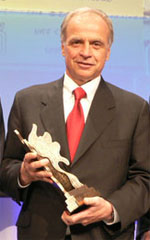
In honor of the late Philip J. DiNenno, the highly regarded former CEO of Hughes Associates who passed away in 2013, the National Fire Protection Association (NFPA) and Hughes Associates have established the DiNenno Prize to recognize significant technical developments that enhance fire safety.
The DiNenno Prize was established to create a legacy in the name of Philip DiNenno. In addition to honoring his memory, the DiNenno Prize will encourage and recognize significant technical developments that have an impact on public safety, including building, fire, and electrical safety. A prize committee will consider nominations submitted from around the world. More information can be found at www.nfpa.org/dinenno.
“Phil will be remembered as one of the most outstanding leaders that NFPA has ever had,” said NFPA President Jim Shannon. “He was an extraordinarily effective advocate for fire safety and the most respected person in fire protection engineering of his generation. NFPA is honored to join with Hughes Associates to establish the DiNenno Prize.“
DiNenno was recognized for his many accomplishments in the fire protection field including the NFPA Standards Medal and the Lamb Award. Throughout his career he provided leadership to the fire protection engineering profession, most recently as CEO of Hughes Associates. He served in a number of leadership roles in the Society of Fire Protection Engineering (SFPE), including president, and was awarded the Guise Medal, SFPE’s highest honor. He was the founding editor of the SFPE Fire Protection Engineering Handbook and provided the direction of excellence that is still the charge today. DiNenno also provided leadership to NFPA within technical committees, as chair of the Standards Council, and as a member of the Board of Directors. He was a pioneer in the use of computer fire modeling to understand the growth and effects of fire. He played a significant role in the development of non-ozone depleting fire suppression technologies, working with industry, NFPA, U.S. EPA, the World Bank, and the United Nations.
“It is our honor at Hughes Associates to not only memorialize our friend, colleague and mentor, but to inspire others to reach further to enhance public safety, just as Phil strived to do in so many different ways for his entire career,” said Wayne Moore of Hughes Associates.
AOSFST 2015 Early Registration Deadline Extended to Aug. 15
To access the draft program, register for the conference or to learn more about the event, please visit http://aosfst2015.com/. Remember, IAFSS members can register for the symposium at a special discount rate. The IAFSS will also be sponsoring several best paper awards at the conference.
Fire Safety Science News #38: July, 2015
This edition covers recent news from the IAFSS, members and their organizations.




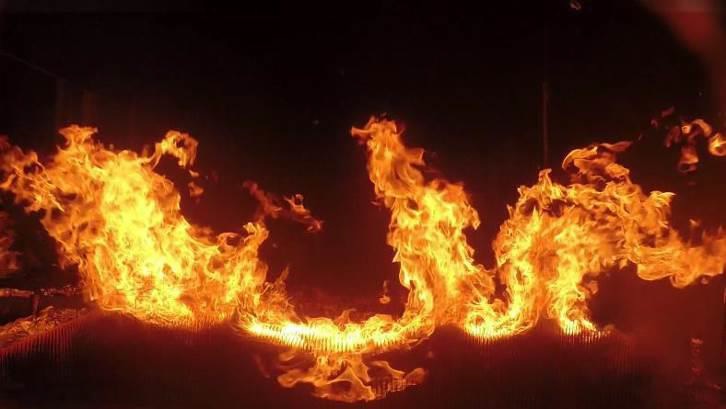
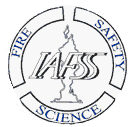

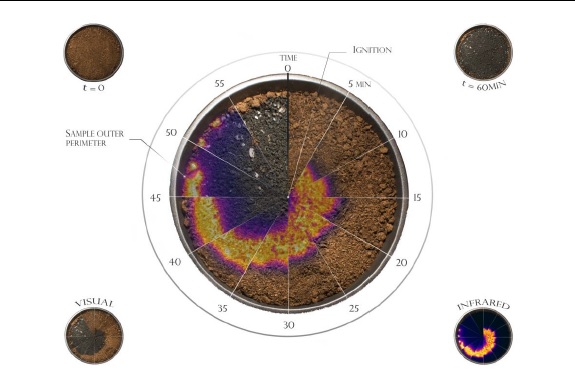
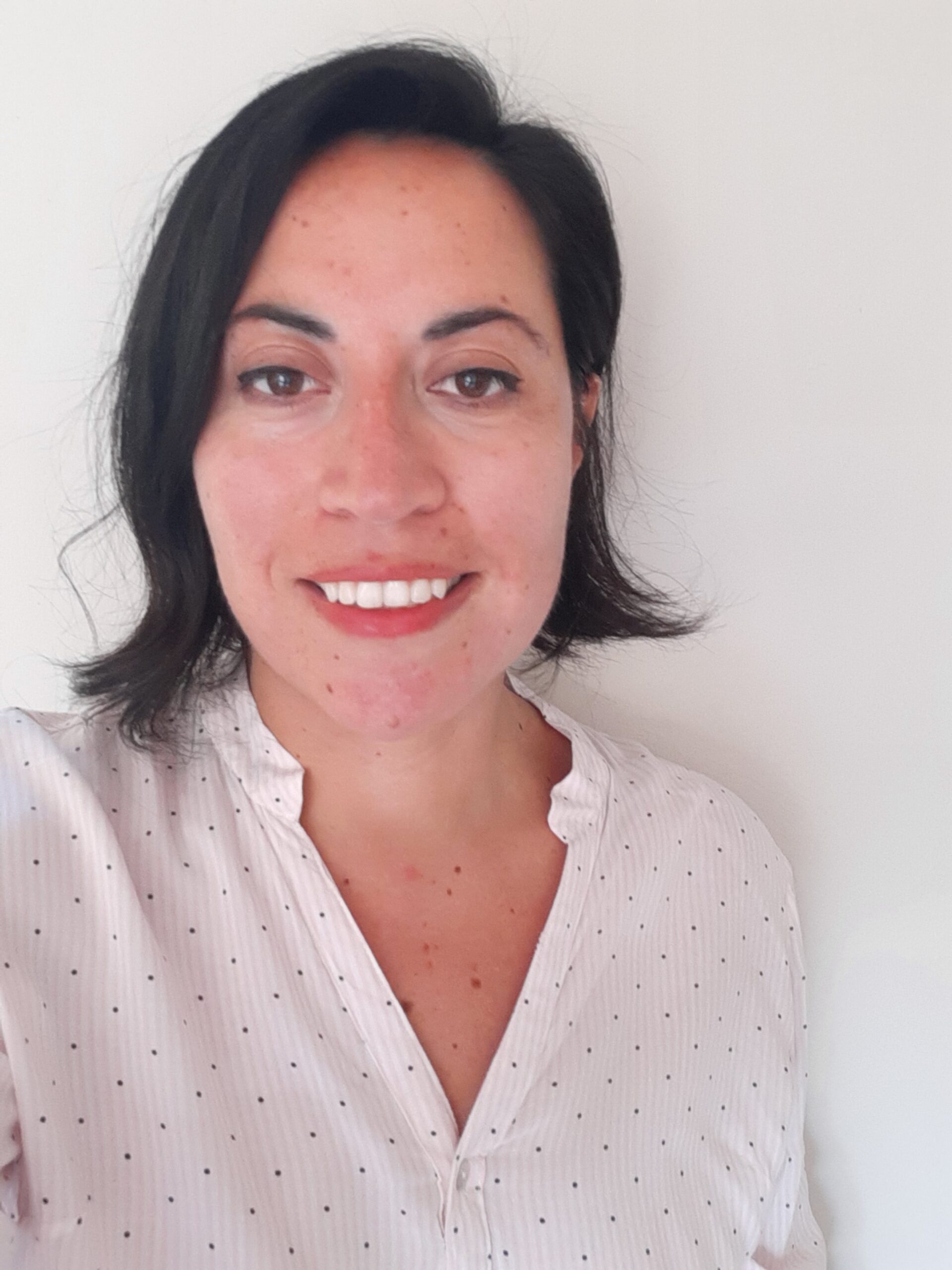 Dr Natalia Flores-Quiroz is a researcher with experience in fire safety engineering. She worked for five years as a fire safety engineer in the mining industry before joining academia. She holds a MSc in fire safety from Ghent University, and her PhD focused on Fire investigations in Informal Settlements. Currently she is a lecturer at Stellenbosch University, where her main research areas are reconstruction of incidents in low-income settlements (i.e., informal settlements, refugee camps) and wildland urban interface (WUI) fires.
Dr Natalia Flores-Quiroz is a researcher with experience in fire safety engineering. She worked for five years as a fire safety engineer in the mining industry before joining academia. She holds a MSc in fire safety from Ghent University, and her PhD focused on Fire investigations in Informal Settlements. Currently she is a lecturer at Stellenbosch University, where her main research areas are reconstruction of incidents in low-income settlements (i.e., informal settlements, refugee camps) and wildland urban interface (WUI) fires.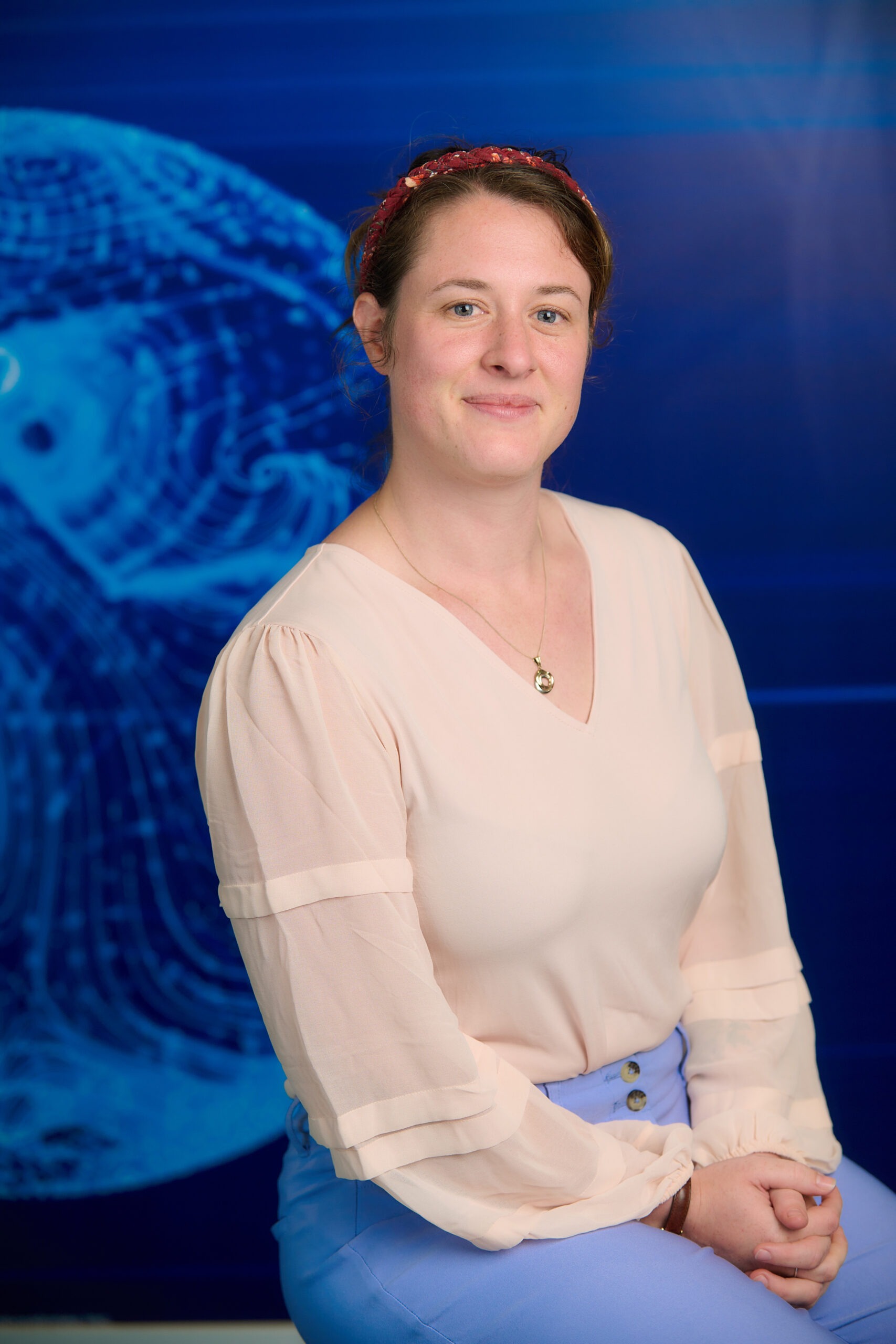 Bronwyn Forrest is a 3rd year PhD student at the University of Waterloo, conducting multi-disciplinary research investigating human physiological response to fire exposure. Bronwyn graduated in 2017 with a BSc. Honours Kinesiology and in 2020 with a MASc. Mechanical & Mechatronics Engineering (Heat Release Rate in Ventilation-Limited Furniture Fires) before merging her two degrees in her PhD research. As a senior graduate student in the Fire Research Group, Bronwyn spear-heads large-scale fire experiments, mentors junior graduate and undergraduate students, and has recently set-up a new ‘human exposure lab’ at the Fire Research Facility where she leads new research in that area. Since her induction into the world of fire science, Bronwyn has grown more and more passionate about the multi-faceted nature of emerging fire safety challenges. Through innovative research, she hopes to make meaningful contributions that help shape changes to fire safety over the course of her career.
Bronwyn Forrest is a 3rd year PhD student at the University of Waterloo, conducting multi-disciplinary research investigating human physiological response to fire exposure. Bronwyn graduated in 2017 with a BSc. Honours Kinesiology and in 2020 with a MASc. Mechanical & Mechatronics Engineering (Heat Release Rate in Ventilation-Limited Furniture Fires) before merging her two degrees in her PhD research. As a senior graduate student in the Fire Research Group, Bronwyn spear-heads large-scale fire experiments, mentors junior graduate and undergraduate students, and has recently set-up a new ‘human exposure lab’ at the Fire Research Facility where she leads new research in that area. Since her induction into the world of fire science, Bronwyn has grown more and more passionate about the multi-faceted nature of emerging fire safety challenges. Through innovative research, she hopes to make meaningful contributions that help shape changes to fire safety over the course of her career.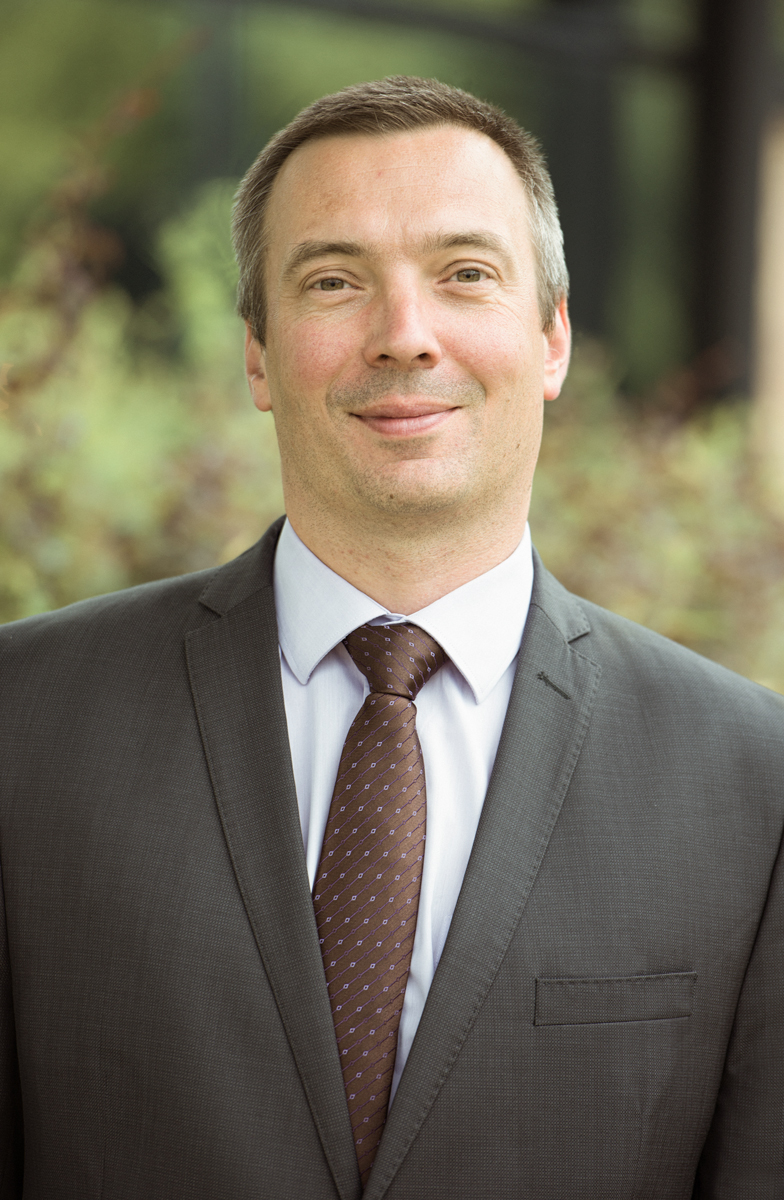 Dr. (HDR) Eric Guillaume has worked in fire sciences since 1998. He formerly led the fire behaviour department of SNCF (French Railway), then changed company in 2005 to join LNE (The French National Laboratory for Testing and Metrology) as head of Fire safety studies department, and later as head of research for whole testing activities of LNE. Nowadays (since 2015), he works for Efectis France, first as Technical Director and more recently as General Manager of the company, leading one of the most important fire testing and fire safety engineering companies in Europe (With approx. 180 people and 28 M€ turnover)
Dr. (HDR) Eric Guillaume has worked in fire sciences since 1998. He formerly led the fire behaviour department of SNCF (French Railway), then changed company in 2005 to join LNE (The French National Laboratory for Testing and Metrology) as head of Fire safety studies department, and later as head of research for whole testing activities of LNE. Nowadays (since 2015), he works for Efectis France, first as Technical Director and more recently as General Manager of the company, leading one of the most important fire testing and fire safety engineering companies in Europe (With approx. 180 people and 28 M€ turnover)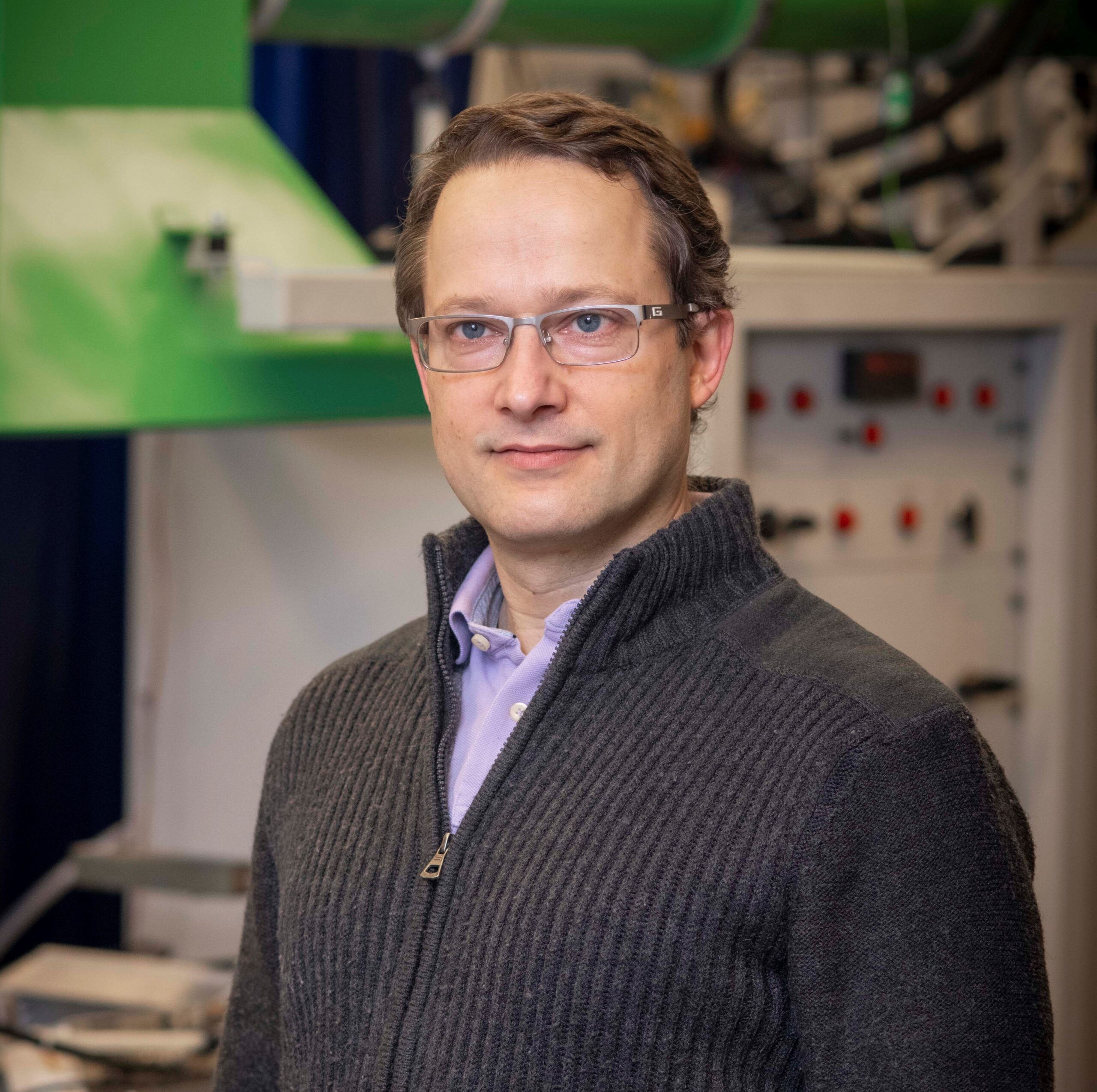 Dr. Albert Simeoni is Professor and the Department Head of Fire Protection Engineering at Worcester Polytechnic Institute (WPI). He is the WPI site director of the Wildfire Interdisciplinary Research Center (WIRC), an Industry-University Cooperative Research Center (IUCRC) of the National Science Foundation (NSF) in the United States. Dr. Simeoni has served IAFSS by being chair or co-chair of the Wildland Fire track (2014, 2020 and 2023), Co-chair of the Awards Committee for the Best Thesis Awards (2023), Associate-Editor of Fire Safety Journal (2010-2015), member of the Editorial Board of Fire Safety Journal (since 2016), and Contributing Editor of Fire Safety Science News (since 2011).
Dr. Albert Simeoni is Professor and the Department Head of Fire Protection Engineering at Worcester Polytechnic Institute (WPI). He is the WPI site director of the Wildfire Interdisciplinary Research Center (WIRC), an Industry-University Cooperative Research Center (IUCRC) of the National Science Foundation (NSF) in the United States. Dr. Simeoni has served IAFSS by being chair or co-chair of the Wildland Fire track (2014, 2020 and 2023), Co-chair of the Awards Committee for the Best Thesis Awards (2023), Associate-Editor of Fire Safety Journal (2010-2015), member of the Editorial Board of Fire Safety Journal (since 2016), and Contributing Editor of Fire Safety Science News (since 2011).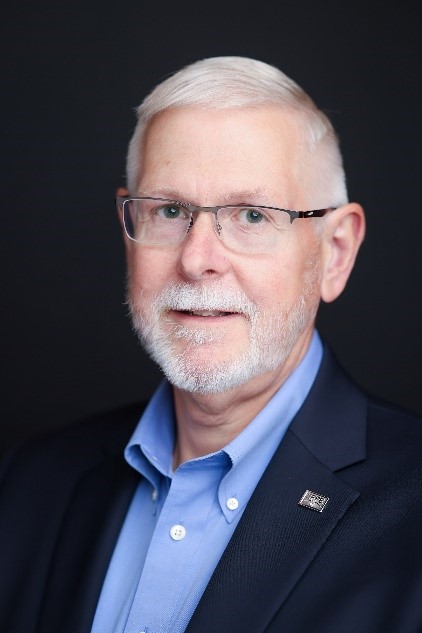 Brian J. Meacham, PhD, PE (CT&MA), EUR ING, CEng (UK), FIFireE, FSFPE, is the Managing Principal of Meacham Associates. He develops risk-informed performance-based solutions to complex building and infrastructure challenges, provides peer-review services, and undertakes building and fire regulatory system studies. He also conducts research in these areas as well as in sustainable and fire resilient built environments and fire safety technologies. Brian has authored more than 300 publications, given more than 300 presentations and has been awarded more than $4M in research funding. His prior positions include Associate Professor of Fire Protection Engineering at Worcester Polytechnic Institute, Principal at Arup, Technical Director and Research Director at SFPE, and fire safety engineer in Europe and the USA. Brian is Chair of the ICC Performance Code Committee, Chair of the NFPA Technical Committee on Fire Risk Assessment Methods, Immediate Past Chair of the International Association for Fire Safety Science (IAFSS), a Past President of the SFPE, and a past Chair of the Inter-jurisdictional Regulatory Collaboration Committee (IRCC). He is a licensed Professional Engineer in CT and MA, a Chartered Engineer and Fellow of the Institution of Fire Engineers (UK), a registered European Engineer (EUR ING), a Fellow of the SFPE, and a Fulbright Global Scholar.
Brian J. Meacham, PhD, PE (CT&MA), EUR ING, CEng (UK), FIFireE, FSFPE, is the Managing Principal of Meacham Associates. He develops risk-informed performance-based solutions to complex building and infrastructure challenges, provides peer-review services, and undertakes building and fire regulatory system studies. He also conducts research in these areas as well as in sustainable and fire resilient built environments and fire safety technologies. Brian has authored more than 300 publications, given more than 300 presentations and has been awarded more than $4M in research funding. His prior positions include Associate Professor of Fire Protection Engineering at Worcester Polytechnic Institute, Principal at Arup, Technical Director and Research Director at SFPE, and fire safety engineer in Europe and the USA. Brian is Chair of the ICC Performance Code Committee, Chair of the NFPA Technical Committee on Fire Risk Assessment Methods, Immediate Past Chair of the International Association for Fire Safety Science (IAFSS), a Past President of the SFPE, and a past Chair of the Inter-jurisdictional Regulatory Collaboration Committee (IRCC). He is a licensed Professional Engineer in CT and MA, a Chartered Engineer and Fellow of the Institution of Fire Engineers (UK), a registered European Engineer (EUR ING), a Fellow of the SFPE, and a Fulbright Global Scholar.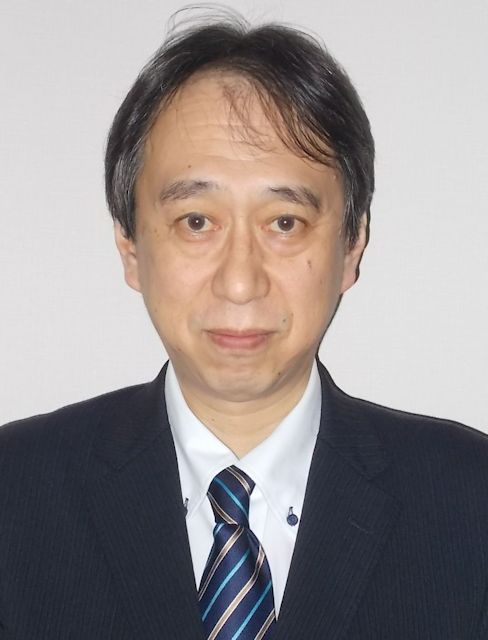 Kazunori Harada is a professor of architecture & architectural engineering at Kyoto University, Japan. He has a career in fire research for over 35 years. He has authored 14 IAFSS symposium papers. His expertise covers the fire resistance of construction materials, smoke movement and control, burning of combustibles in open and compartment, performance-based code & design of buildings and so on. He serves as a vice president of AOAFST, Asia-Oceania Association of Fire Science and Technology. He also serves as the Convenor of ISO/TC92/SC4 WG9, calculation methods for fire safety engineering (FSE), which develops calculation standards concerning FSE.
Kazunori Harada is a professor of architecture & architectural engineering at Kyoto University, Japan. He has a career in fire research for over 35 years. He has authored 14 IAFSS symposium papers. His expertise covers the fire resistance of construction materials, smoke movement and control, burning of combustibles in open and compartment, performance-based code & design of buildings and so on. He serves as a vice president of AOAFST, Asia-Oceania Association of Fire Science and Technology. He also serves as the Convenor of ISO/TC92/SC4 WG9, calculation methods for fire safety engineering (FSE), which develops calculation standards concerning FSE.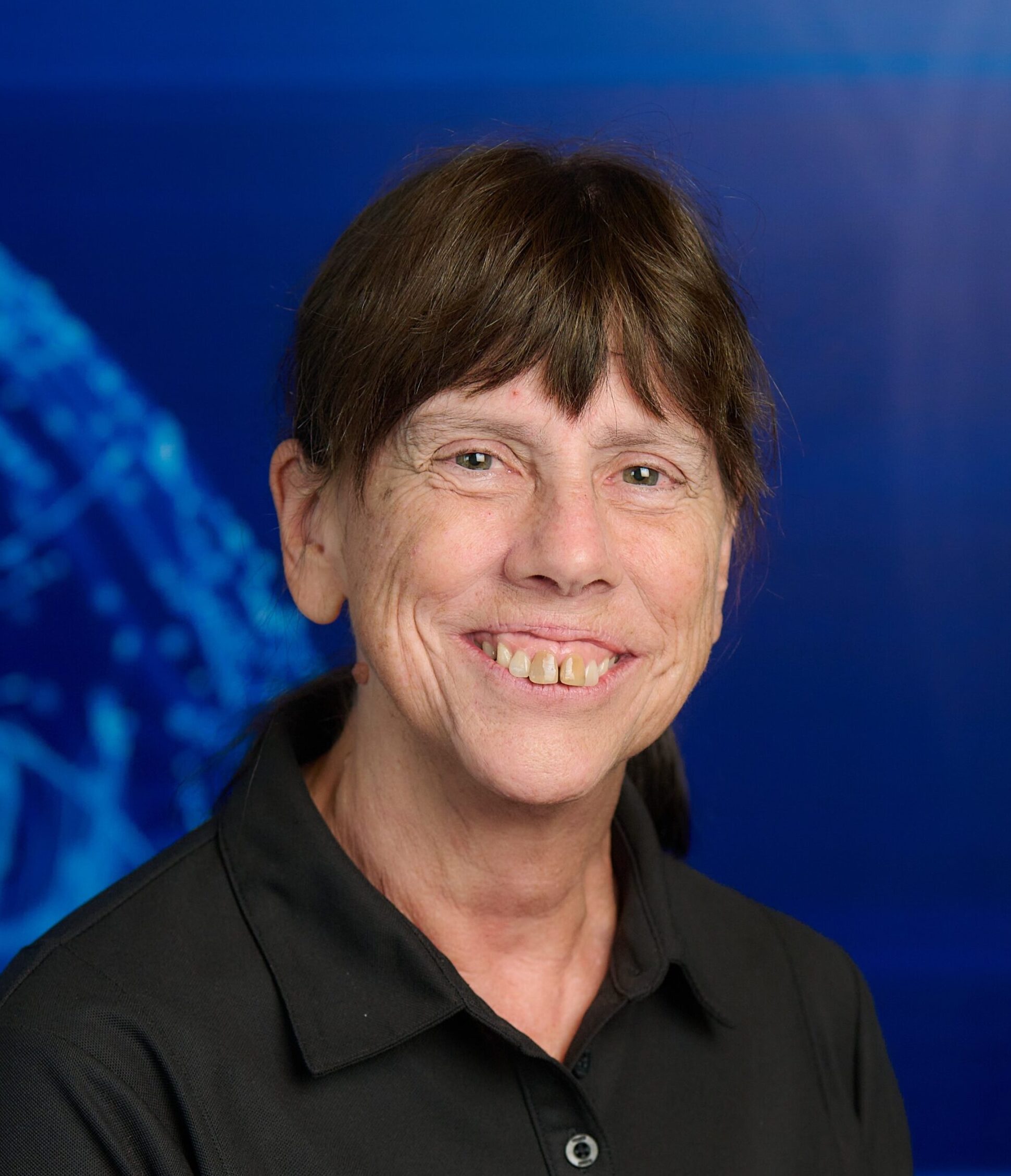
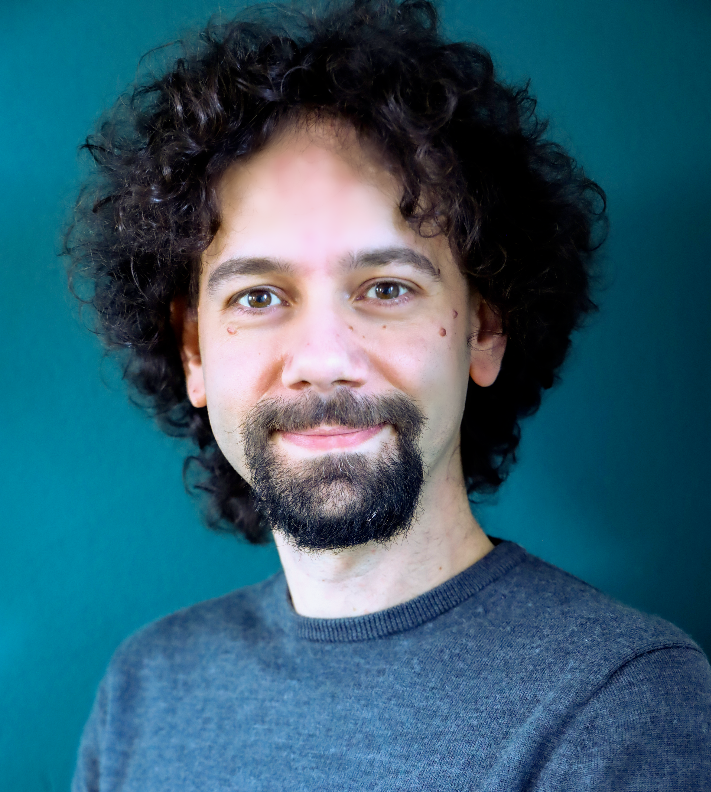 Enrico Ronchi is an Associate Professor at Lund University, Sweden. His research and education activities are focused on evacuation and human behaviour in case of building fires and wildfires. His work has been published in over 150 publications (including >90 peer-reviewed journal papers). He is currently Associate Editor for the journals Fire Technology and Safety Science and member of the editorial board of the Fire Safety Journal.
Enrico Ronchi is an Associate Professor at Lund University, Sweden. His research and education activities are focused on evacuation and human behaviour in case of building fires and wildfires. His work has been published in over 150 publications (including >90 peer-reviewed journal papers). He is currently Associate Editor for the journals Fire Technology and Safety Science and member of the editorial board of the Fire Safety Journal.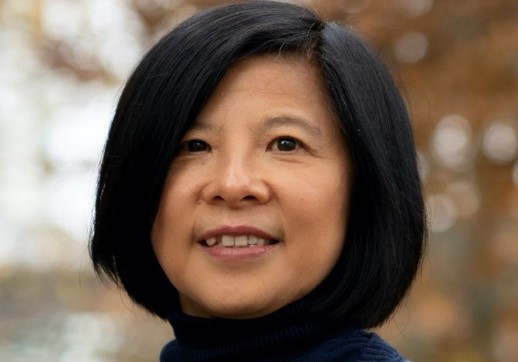 Jennifer Wen is currently Professor of Energy Resilience in the School of Mechanical Engineering Sciences, University of Surrey as Professor. Previously, Jennifer held positions at Computational Dynamics Limited (founding vendor of STAR-CCM), British Gas plc, South Bank University, Kingston University London, and University of Warwick. She is a Fellow of the Institution of Mechanical Engineers and Vice-Chair for Research for the International Association for Fire Safety Science. Jennifer is also a member and sub-task leader of the European Safety Panel on Hydrogen Safety (EHSP) established by the Fuel Cell and Hydrogen Joint Undertaking (now Clean Hydrogen Partnership) of the European Commission. She is an Associate Editor for the Proceedings of the Combustion Institute.
Jennifer Wen is currently Professor of Energy Resilience in the School of Mechanical Engineering Sciences, University of Surrey as Professor. Previously, Jennifer held positions at Computational Dynamics Limited (founding vendor of STAR-CCM), British Gas plc, South Bank University, Kingston University London, and University of Warwick. She is a Fellow of the Institution of Mechanical Engineers and Vice-Chair for Research for the International Association for Fire Safety Science. Jennifer is also a member and sub-task leader of the European Safety Panel on Hydrogen Safety (EHSP) established by the Fuel Cell and Hydrogen Joint Undertaking (now Clean Hydrogen Partnership) of the European Commission. She is an Associate Editor for the Proceedings of the Combustion Institute.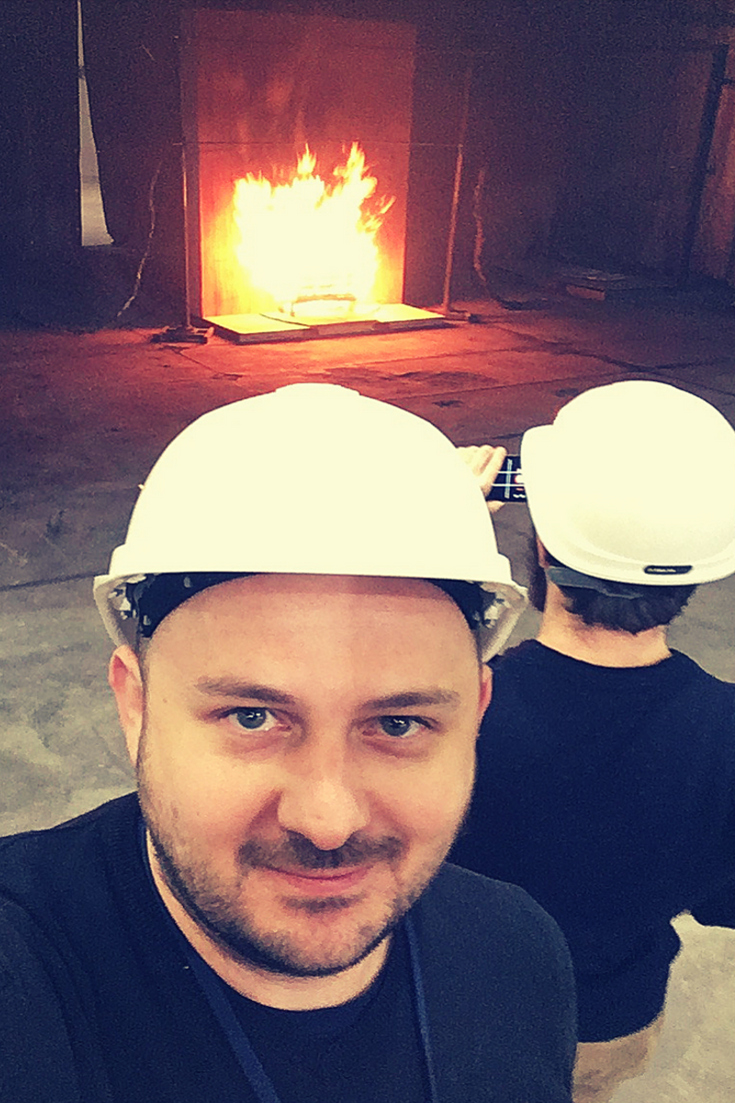 Dr Wojciech Węgrzyński is with ITB, that is the Polish Building Research Institute in Warsaw. He currently holds the position of the Deputy Head of Fire Research Department and the Professor of the Institute, and a Director at SFPE Europe. He is the Author of 40 peer-reviewed papers published in all of the primary FSE journals. His main area of interest is the fundamentals of compartment fire dynamics and standardized fire testing, and also: use of computational fluid dynamics in fire, wind and fire interaction and evaluation of the effects of the spread of smoke in buildings. His research is focused on the impact of the architectural context of the building on the smoke control performance, as well as finding solutions to make the smoke exhaust systems cheaper and more efficient. Member of the Sub-committee for Research of the IAFSS. 2018 NFPA Harry C. Bigglestone Award Recipient; 2019 Jack Watts Award Recipient; 2020 SFPE 5 Under 35 Award Recipient. Member of Editorial Board of ‘Fire Technology. Hosts a fire podcast at
Dr Wojciech Węgrzyński is with ITB, that is the Polish Building Research Institute in Warsaw. He currently holds the position of the Deputy Head of Fire Research Department and the Professor of the Institute, and a Director at SFPE Europe. He is the Author of 40 peer-reviewed papers published in all of the primary FSE journals. His main area of interest is the fundamentals of compartment fire dynamics and standardized fire testing, and also: use of computational fluid dynamics in fire, wind and fire interaction and evaluation of the effects of the spread of smoke in buildings. His research is focused on the impact of the architectural context of the building on the smoke control performance, as well as finding solutions to make the smoke exhaust systems cheaper and more efficient. Member of the Sub-committee for Research of the IAFSS. 2018 NFPA Harry C. Bigglestone Award Recipient; 2019 Jack Watts Award Recipient; 2020 SFPE 5 Under 35 Award Recipient. Member of Editorial Board of ‘Fire Technology. Hosts a fire podcast at 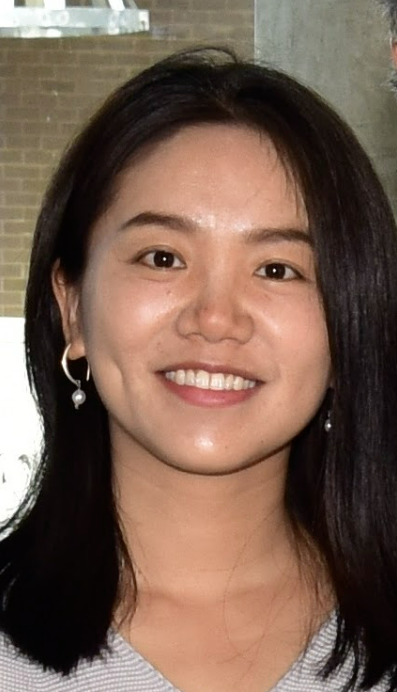 Dr. Shuna Ni is an Assistant Professor in the Department of Fire Protection Engineering at the University of Maryland, College Park. She received her Ph.D. degree at Texas A&M University in 2018 and her Master’s degree at Tongji University in 2013. Dr. Ni’s research focuses on fire forensics, structural fire engineering, WUI fire resilience, fire safety of tall mass-timber buildings and fire-related multiple hazards. Her research has been funded by National Science Foundation, National Institute of Justice, Fire Protection Research Foundation, University Transportation Centers under the Department of Transportation, Grand Challenges Grants Program at the University of Maryland and industrial partners.
Dr. Shuna Ni is an Assistant Professor in the Department of Fire Protection Engineering at the University of Maryland, College Park. She received her Ph.D. degree at Texas A&M University in 2018 and her Master’s degree at Tongji University in 2013. Dr. Ni’s research focuses on fire forensics, structural fire engineering, WUI fire resilience, fire safety of tall mass-timber buildings and fire-related multiple hazards. Her research has been funded by National Science Foundation, National Institute of Justice, Fire Protection Research Foundation, University Transportation Centers under the Department of Transportation, Grand Challenges Grants Program at the University of Maryland and industrial partners.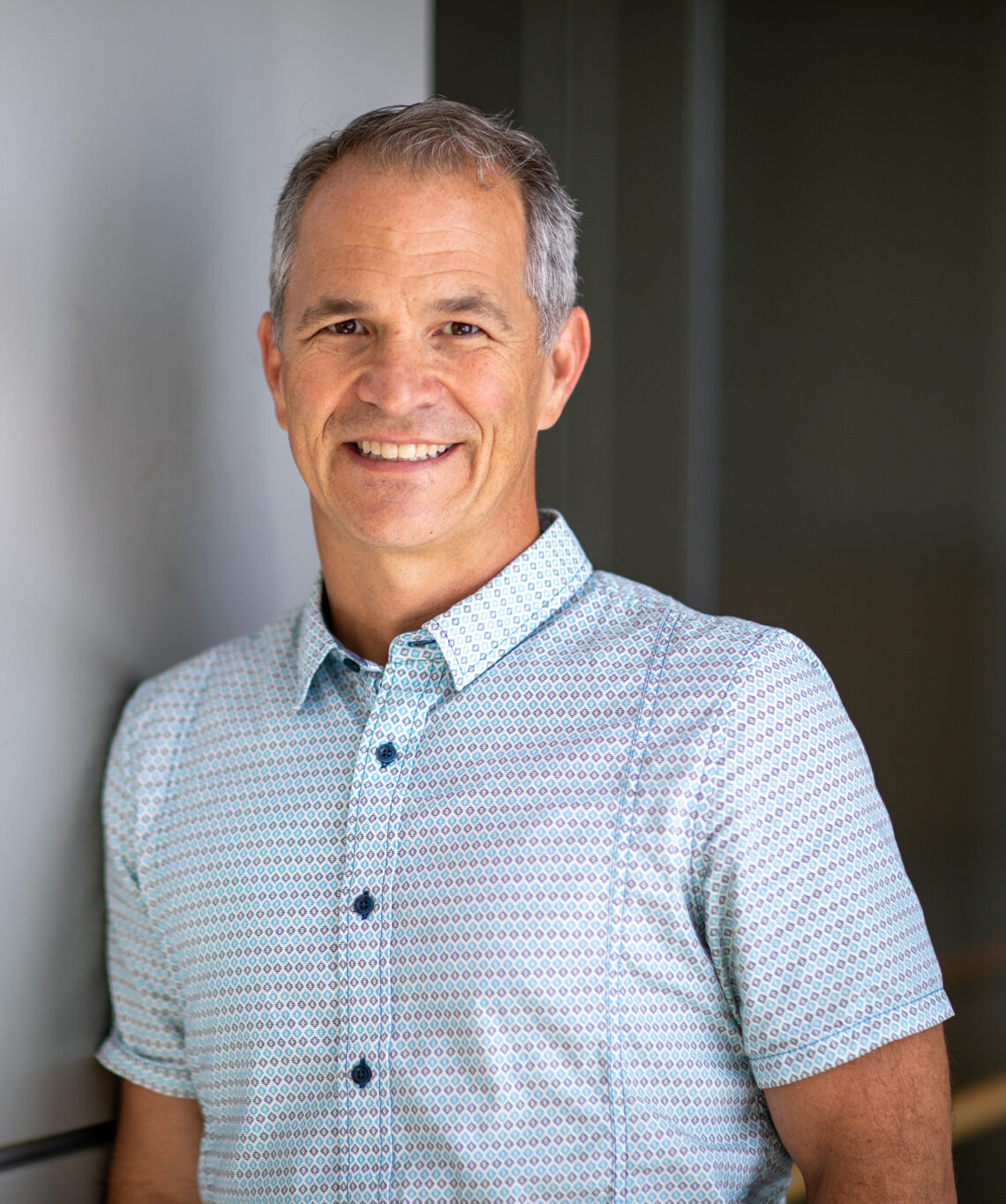 Brian Lattimer, Ph.D. is a Professor in Mechanical Engineering at Virginia Tech where he performs experimental and computational research on fire safety and disaster resilience. He has nearly 30 years of experience in fire related research. His research areas include material behavior in fires, fire dynamics, suppression agents, heat transfer from fires to surfaces, structural response during fire, and firefighting technology.
Brian Lattimer, Ph.D. is a Professor in Mechanical Engineering at Virginia Tech where he performs experimental and computational research on fire safety and disaster resilience. He has nearly 30 years of experience in fire related research. His research areas include material behavior in fires, fire dynamics, suppression agents, heat transfer from fires to surfaces, structural response during fire, and firefighting technology.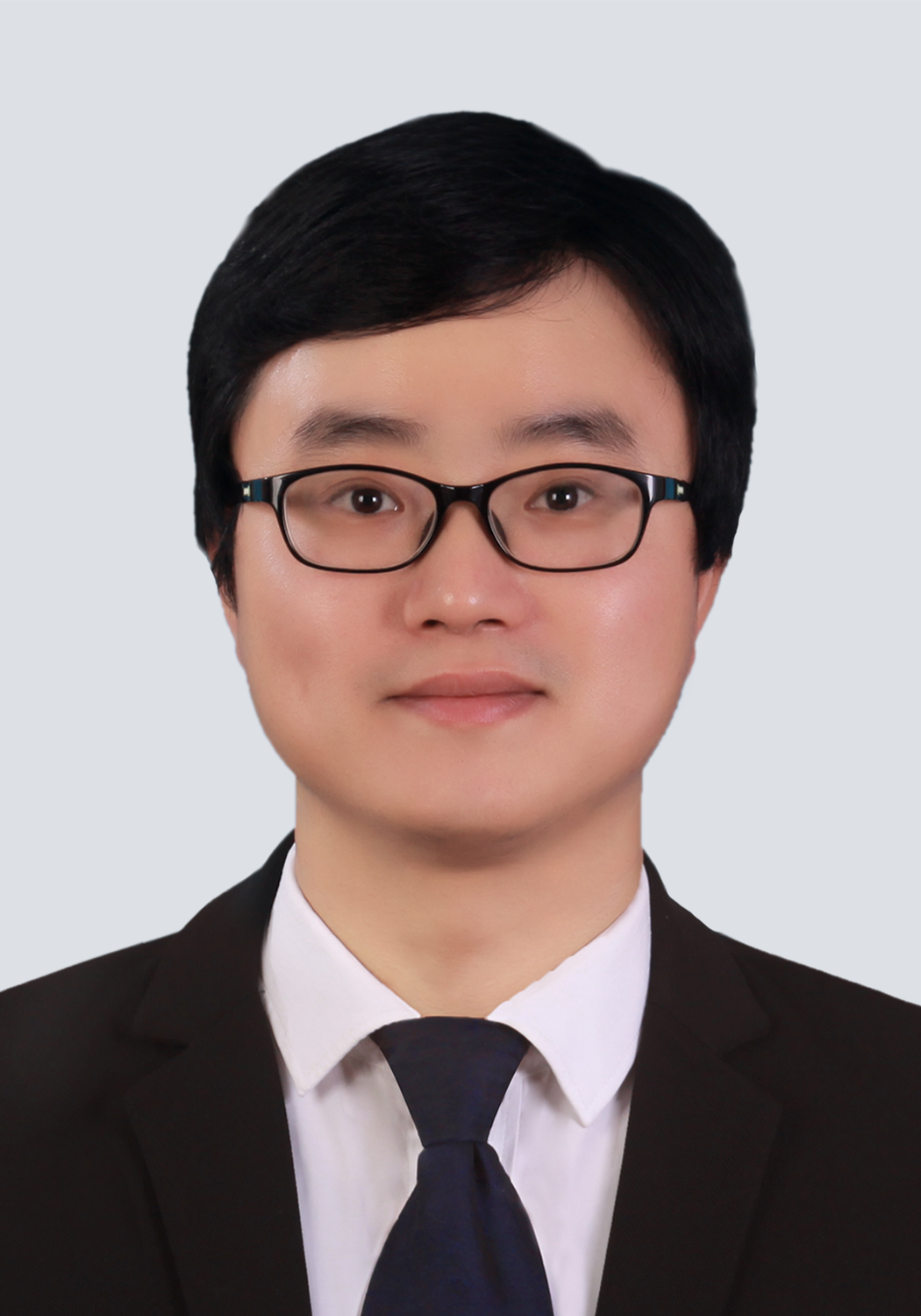 Yu Wang is a professor at the State Key Laboratory of Fire Science, University of Science and Technology of China (USTC). He got joint Ph.D. from USTC and the City University of Hong Kong in 2016 and had working experience at the University of Edinburgh, Worcester Polytechnic Institute and National University of Singapore before returning to China in 2020. His primary research areas are high-rise building fire and large outdoor fire. Yu has published over 50 SCI journal papers, and is currently an Associate Editor in Fire Technology and Editorial Board Member in Fire Safety Journal. He initiated the first English fire course at USTC, Introduction of Fire Dynamics, reported by China News and People’s Daily Online (over 260,000 audiences). In recent years, he has received SFPE Global 5 Under 35 Award, Youth May Fourth Medal (Anhui Province), Young Faculty Career Award (USTCAF), and some Best Paper/Presentation/Poster/Image Awards in IAFSS or AOSFST.
Yu Wang is a professor at the State Key Laboratory of Fire Science, University of Science and Technology of China (USTC). He got joint Ph.D. from USTC and the City University of Hong Kong in 2016 and had working experience at the University of Edinburgh, Worcester Polytechnic Institute and National University of Singapore before returning to China in 2020. His primary research areas are high-rise building fire and large outdoor fire. Yu has published over 50 SCI journal papers, and is currently an Associate Editor in Fire Technology and Editorial Board Member in Fire Safety Journal. He initiated the first English fire course at USTC, Introduction of Fire Dynamics, reported by China News and People’s Daily Online (over 260,000 audiences). In recent years, he has received SFPE Global 5 Under 35 Award, Youth May Fourth Medal (Anhui Province), Young Faculty Career Award (USTCAF), and some Best Paper/Presentation/Poster/Image Awards in IAFSS or AOSFST.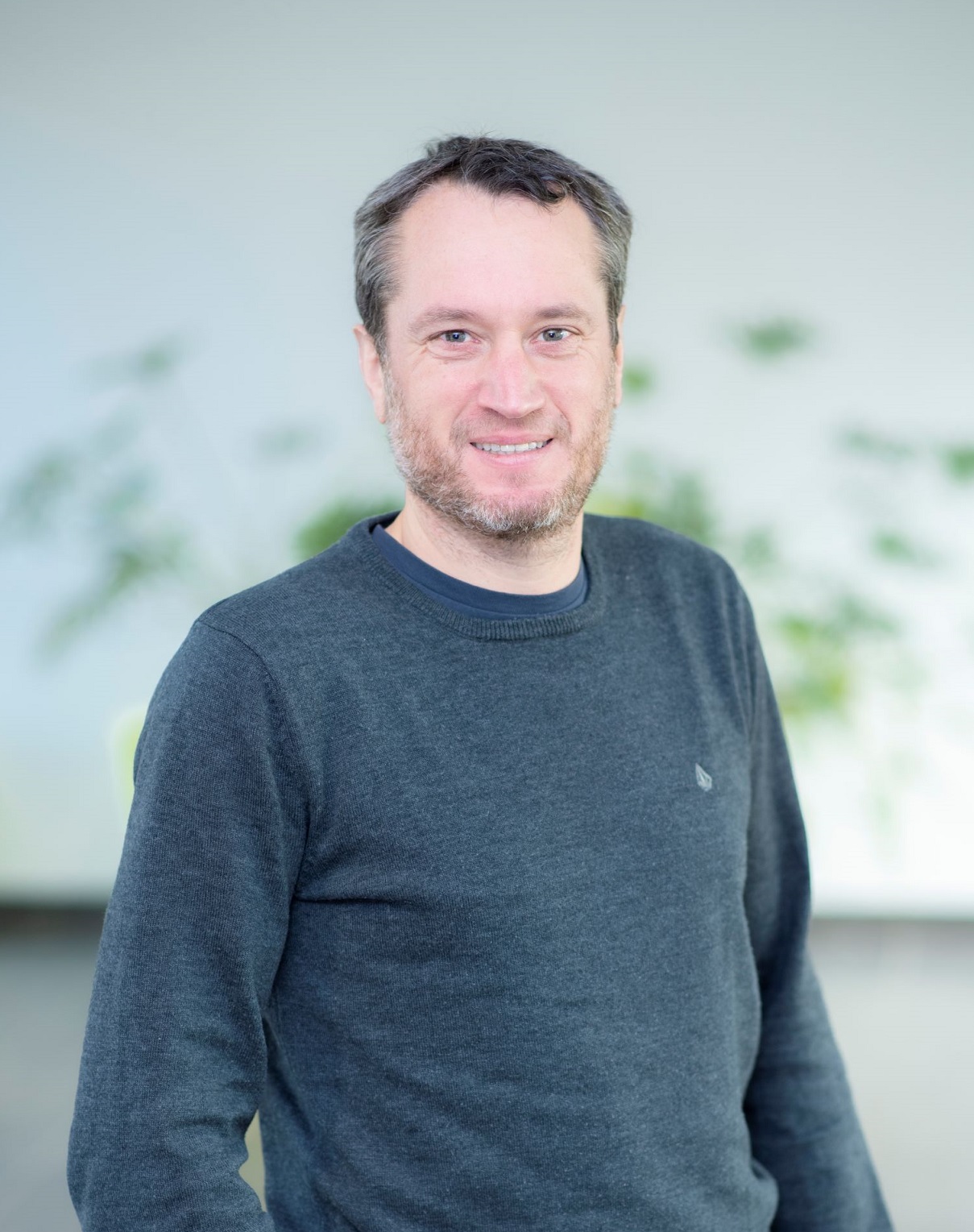 ROGAUME Thomas is an Professor at the University of Poitiers – Pprime Institute (UPR3346 CNRS), FRANCE.
ROGAUME Thomas is an Professor at the University of Poitiers – Pprime Institute (UPR3346 CNRS), FRANCE.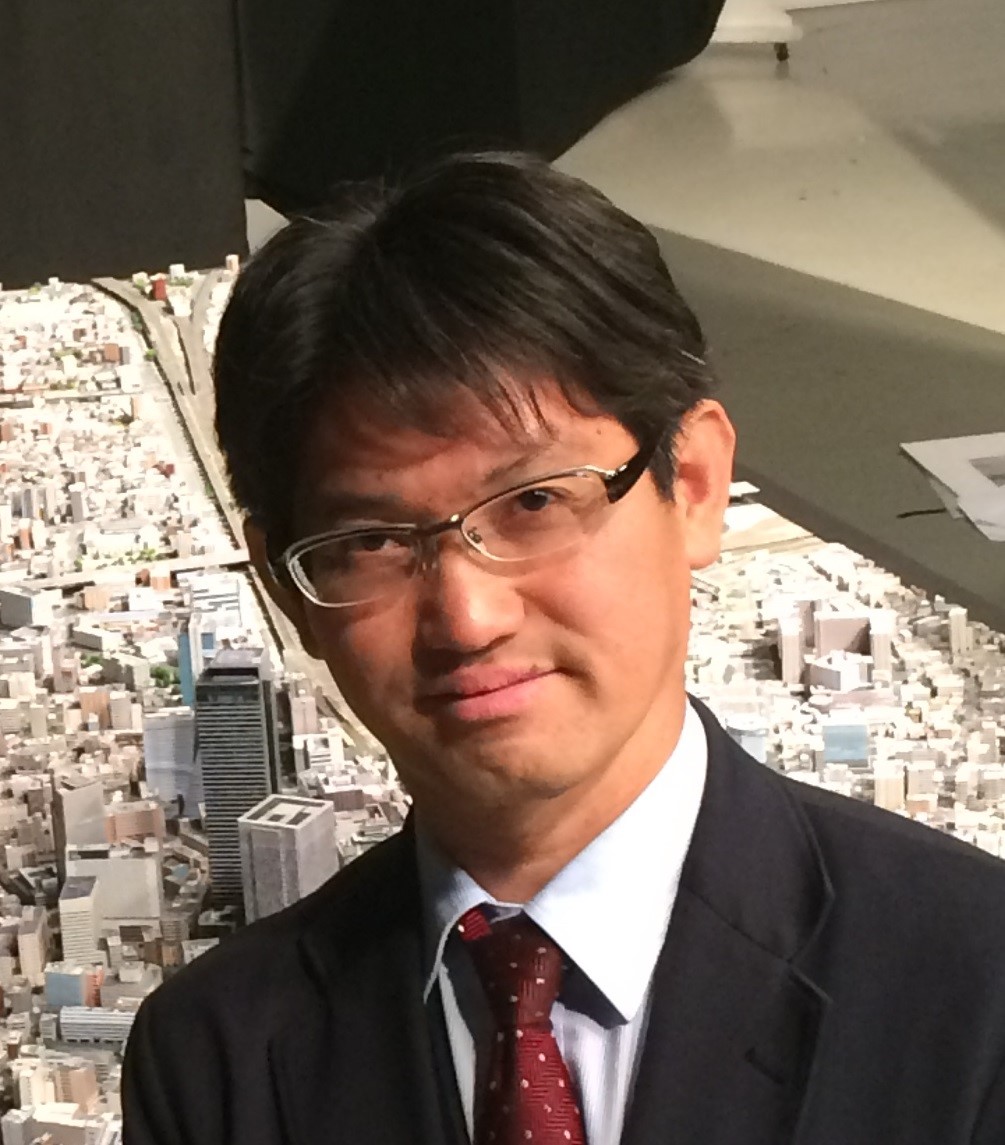 Prof. Yuji Nakamura is Full Professor in Department of Mechanical Engineering, Toyohashi University of Technology (TUT), appointed as Affiliate Full Professor in Center for Fire Science and Technology, Tokyo University of Science (since 2014). He currently serves the Head of Energy Conversion Laboratory and appointed as Department Chair since 2024. Prof. Nakamura has made professional service in Fire Science Community served as Management Committee of IAFSS during 2021-2023, worked as Co-chair of LOC in the most recent IAFSS symposium at Tsukuba, acting Associate Editor of Fire Technology since 2014 and board member of Fire Safety Journal since 2017.
Prof. Yuji Nakamura is Full Professor in Department of Mechanical Engineering, Toyohashi University of Technology (TUT), appointed as Affiliate Full Professor in Center for Fire Science and Technology, Tokyo University of Science (since 2014). He currently serves the Head of Energy Conversion Laboratory and appointed as Department Chair since 2024. Prof. Nakamura has made professional service in Fire Science Community served as Management Committee of IAFSS during 2021-2023, worked as Co-chair of LOC in the most recent IAFSS symposium at Tsukuba, acting Associate Editor of Fire Technology since 2014 and board member of Fire Safety Journal since 2017.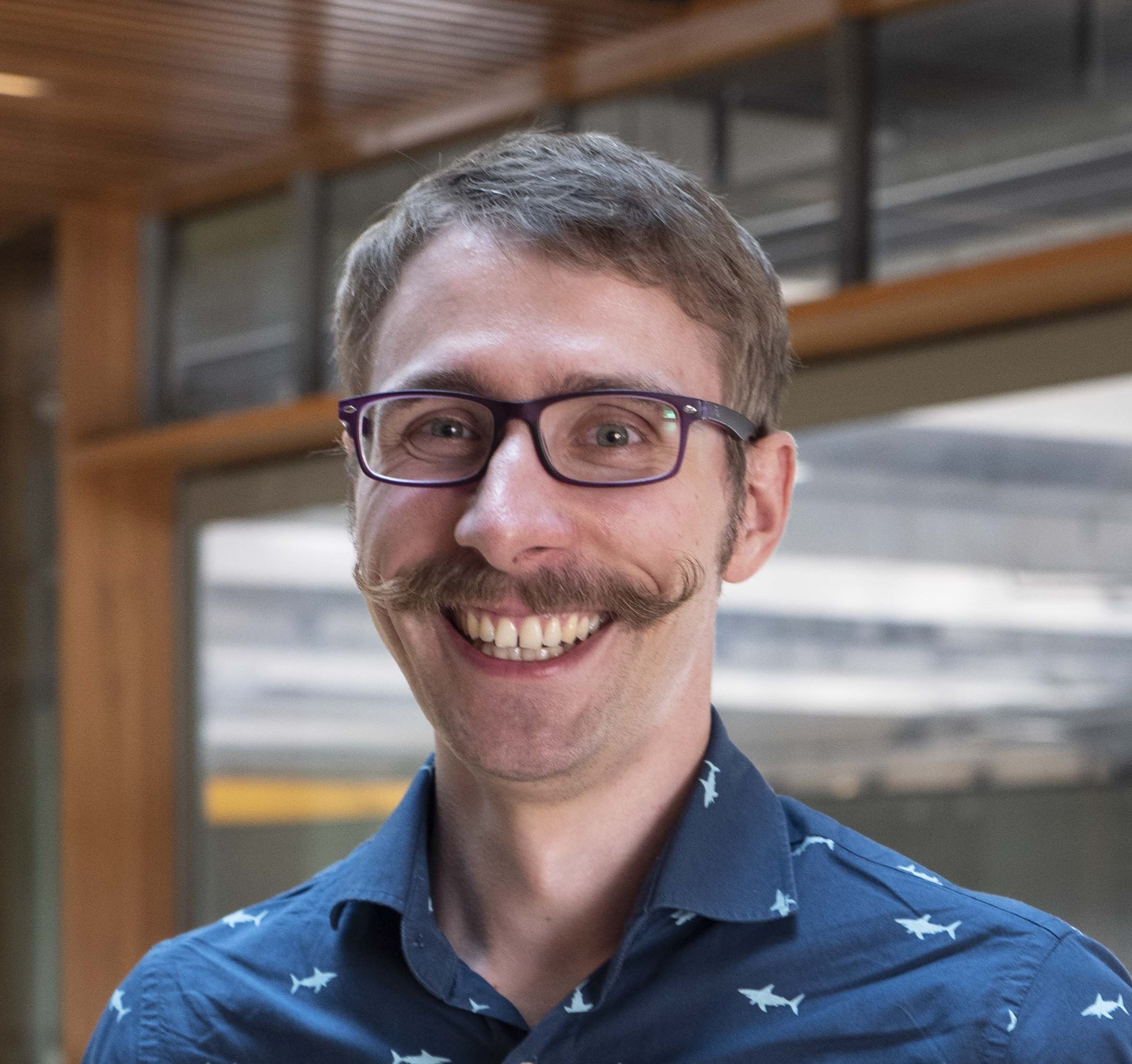 Dr Felix Wiesner is an Assistant Professor at the University of British Columbia and study the role of engineered timber in fire safety. I work in the Faculty of Forestry as part of the Wood Science department. My research focus has mostly been experimental, considering fire dynamics in timber compartments and the structural fire capacity of engineered timber products. In addition, I am interested in the performance of timber in exterior building or infrastructure setting. This closely interfaces with wildfire considerations for the wildland urban interface (WUI), especially when it comes to smouldering.
Dr Felix Wiesner is an Assistant Professor at the University of British Columbia and study the role of engineered timber in fire safety. I work in the Faculty of Forestry as part of the Wood Science department. My research focus has mostly been experimental, considering fire dynamics in timber compartments and the structural fire capacity of engineered timber products. In addition, I am interested in the performance of timber in exterior building or infrastructure setting. This closely interfaces with wildfire considerations for the wildland urban interface (WUI), especially when it comes to smouldering.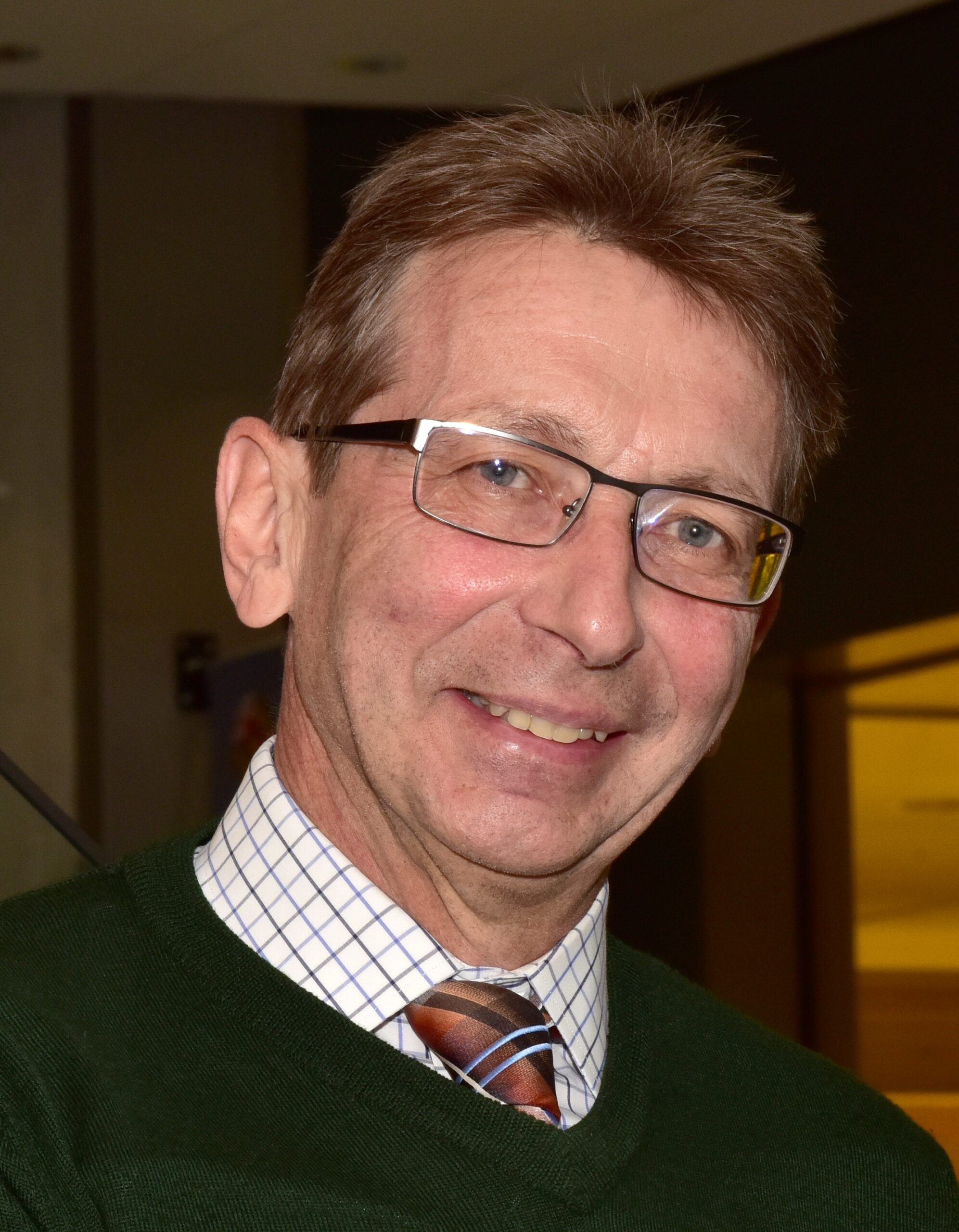 Arnaud Trouvé is Professor and Chair in the Department of Fire Protection Engineering at the University of Maryland in College Park, USA. He joined the Faculty in 2001 with a Ph.D. (1989) and Engineering Degree (1985) from École Centrale of Paris, France, and with previous experience as a combustion research engineer. Professor Trouvé’s research interests include fire modeling and Computational Fluid Dynamics (CFD); application of data assimilation to fire and combustion; and physical modeling of combustion- and fire-related phenomena, including compartment fires, wildland fires and explosions. Professor Trouvé is a Fellow of the Combustion Institute and the recipient of the 2017 FORUM Sjölin Award. He has served on the editorial boards of the Proceedings of the Combustion Institute, Progress in Energy and Combustion Science, Combustion and Flame, and Fire Technology, and is currently on the editorial boards of Combustion Theory and Modelling and the Fire Safety Journal. Professor Trouvé is also a past Chair of the US Eastern States Section of the Combustion Institute (ESSCI) and a past Member of the Executive Board of the International Association for Fire Safety Science (IAFSS). He is a co-Chair of a recent initiative endorsed by IAFSS and called the “IAFSS Working Group on Measurement and Computation of Fire Phenomena” (the MaCFP Working Group) and the past Chair of a new network of leading higher-education institutions and research laboratories in fire safety engineering called the International Fire Safety Consortium (IFSC).
Arnaud Trouvé is Professor and Chair in the Department of Fire Protection Engineering at the University of Maryland in College Park, USA. He joined the Faculty in 2001 with a Ph.D. (1989) and Engineering Degree (1985) from École Centrale of Paris, France, and with previous experience as a combustion research engineer. Professor Trouvé’s research interests include fire modeling and Computational Fluid Dynamics (CFD); application of data assimilation to fire and combustion; and physical modeling of combustion- and fire-related phenomena, including compartment fires, wildland fires and explosions. Professor Trouvé is a Fellow of the Combustion Institute and the recipient of the 2017 FORUM Sjölin Award. He has served on the editorial boards of the Proceedings of the Combustion Institute, Progress in Energy and Combustion Science, Combustion and Flame, and Fire Technology, and is currently on the editorial boards of Combustion Theory and Modelling and the Fire Safety Journal. Professor Trouvé is also a past Chair of the US Eastern States Section of the Combustion Institute (ESSCI) and a past Member of the Executive Board of the International Association for Fire Safety Science (IAFSS). He is a co-Chair of a recent initiative endorsed by IAFSS and called the “IAFSS Working Group on Measurement and Computation of Fire Phenomena” (the MaCFP Working Group) and the past Chair of a new network of leading higher-education institutions and research laboratories in fire safety engineering called the International Fire Safety Consortium (IFSC).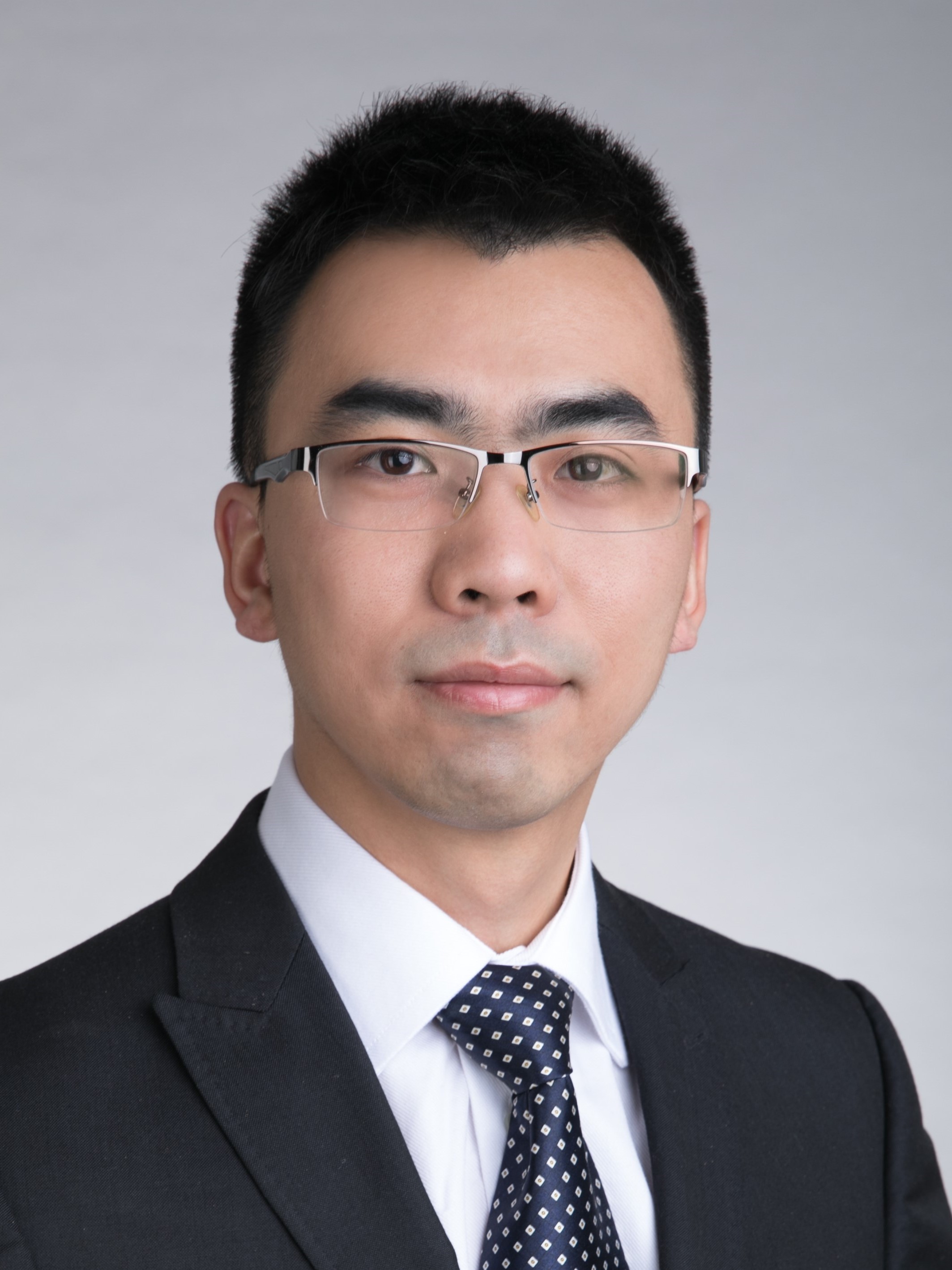 Dr Xinyan Huang is an Associate Professor at The Hong Kong Polytechnic University and the Deputy Director of the Research Centre for Fire Safety Engineering. He received his PhD from Imperial College London, MSc from UC San Diego, and BEng from Southeast University, and was a Postdoc at UC Berkeley. Dr Huang is a Combustion Scientist and a Fire Safety Engineer who has co-authored over 200 journal papers. He is an Associate Editor of Fire Technology and International Journal of Wildland Fire, an editorial member of J. Building Engineering, Fire Safety J. and Fire and Materials, a Chartered Building Services and Fire Engineer, a committee member for HK Fire Safety Code, and a Fire Expert for HK High Court. He receives the NSFC Excellent Young Scientists Fund, Bernard Lewis Fellowship and Sugden Best Paper Award from Combustion Institute, “5 under 35” and Bono Award from the Society of Fire Protection Engineers (SFPE).
Dr Xinyan Huang is an Associate Professor at The Hong Kong Polytechnic University and the Deputy Director of the Research Centre for Fire Safety Engineering. He received his PhD from Imperial College London, MSc from UC San Diego, and BEng from Southeast University, and was a Postdoc at UC Berkeley. Dr Huang is a Combustion Scientist and a Fire Safety Engineer who has co-authored over 200 journal papers. He is an Associate Editor of Fire Technology and International Journal of Wildland Fire, an editorial member of J. Building Engineering, Fire Safety J. and Fire and Materials, a Chartered Building Services and Fire Engineer, a committee member for HK Fire Safety Code, and a Fire Expert for HK High Court. He receives the NSFC Excellent Young Scientists Fund, Bernard Lewis Fellowship and Sugden Best Paper Award from Combustion Institute, “5 under 35” and Bono Award from the Society of Fire Protection Engineers (SFPE).